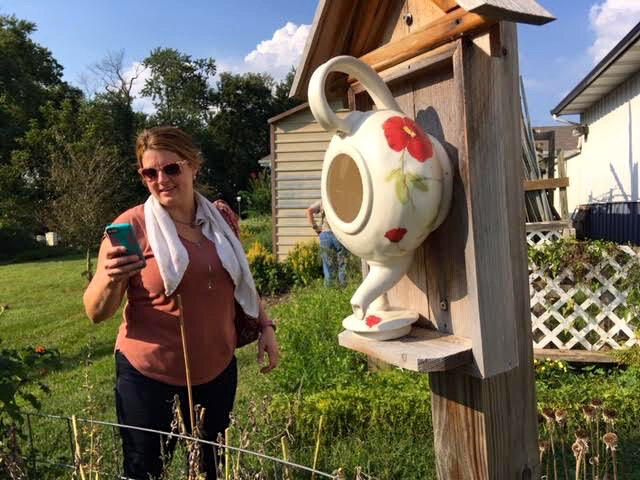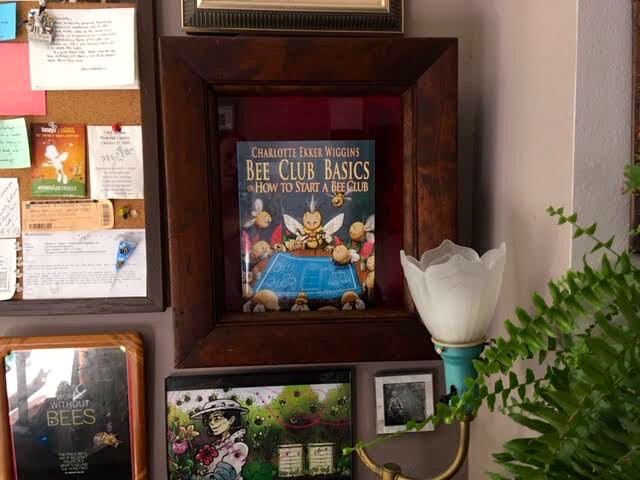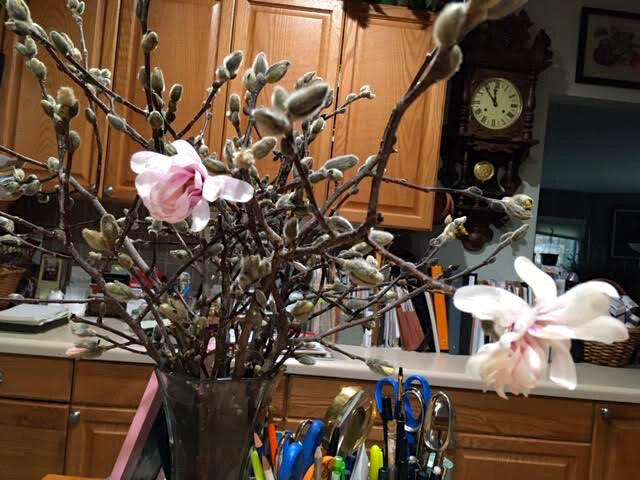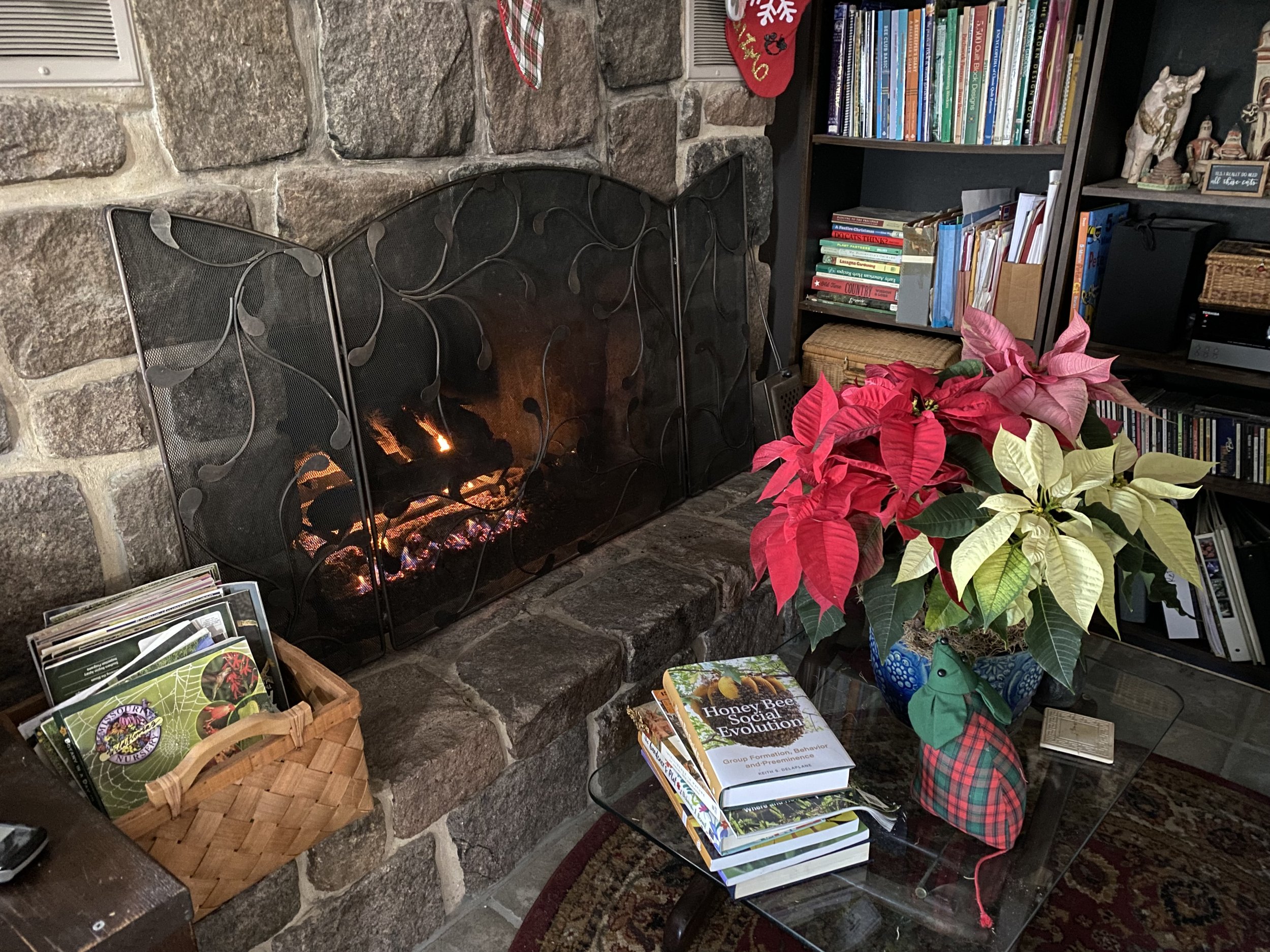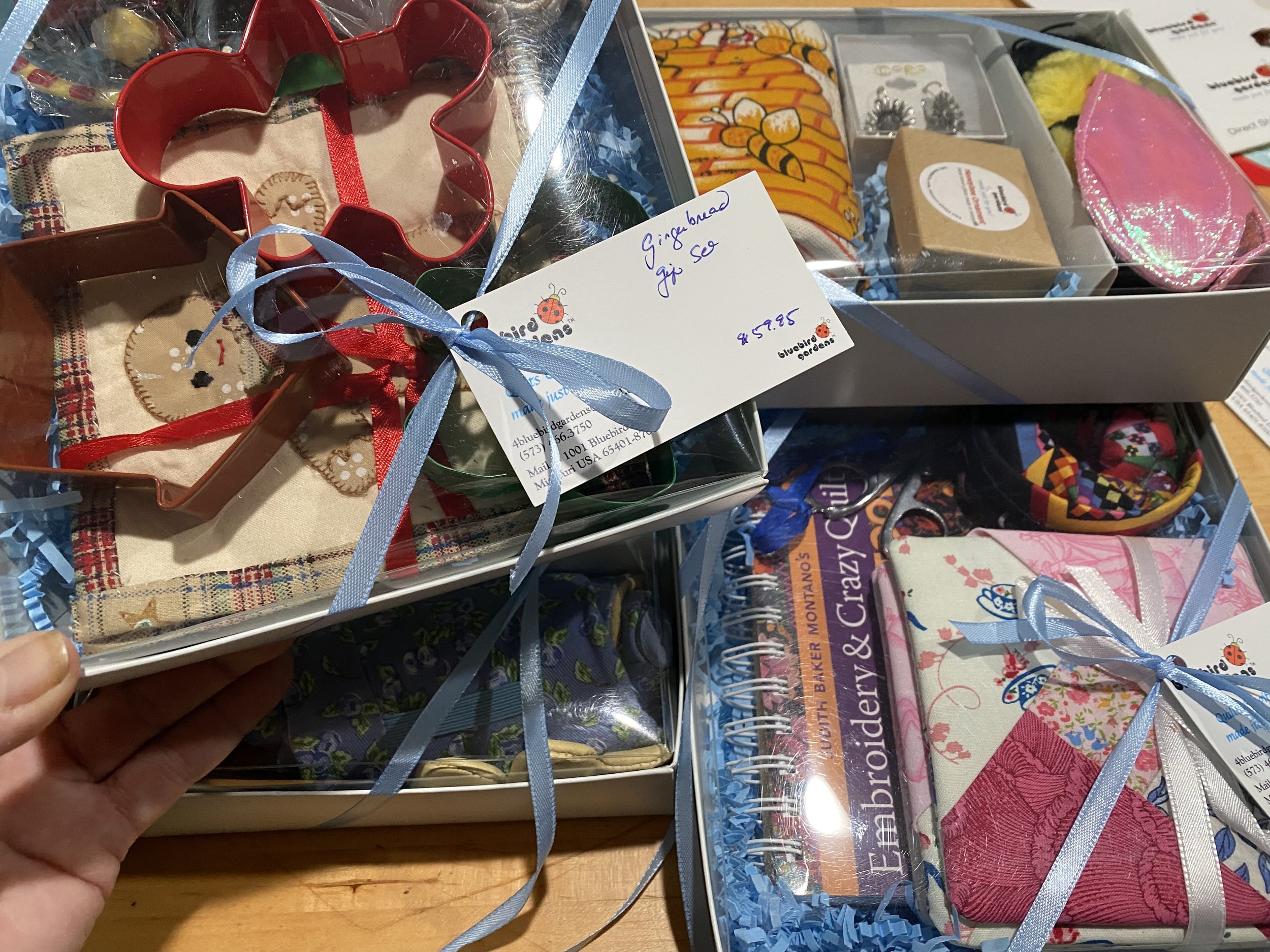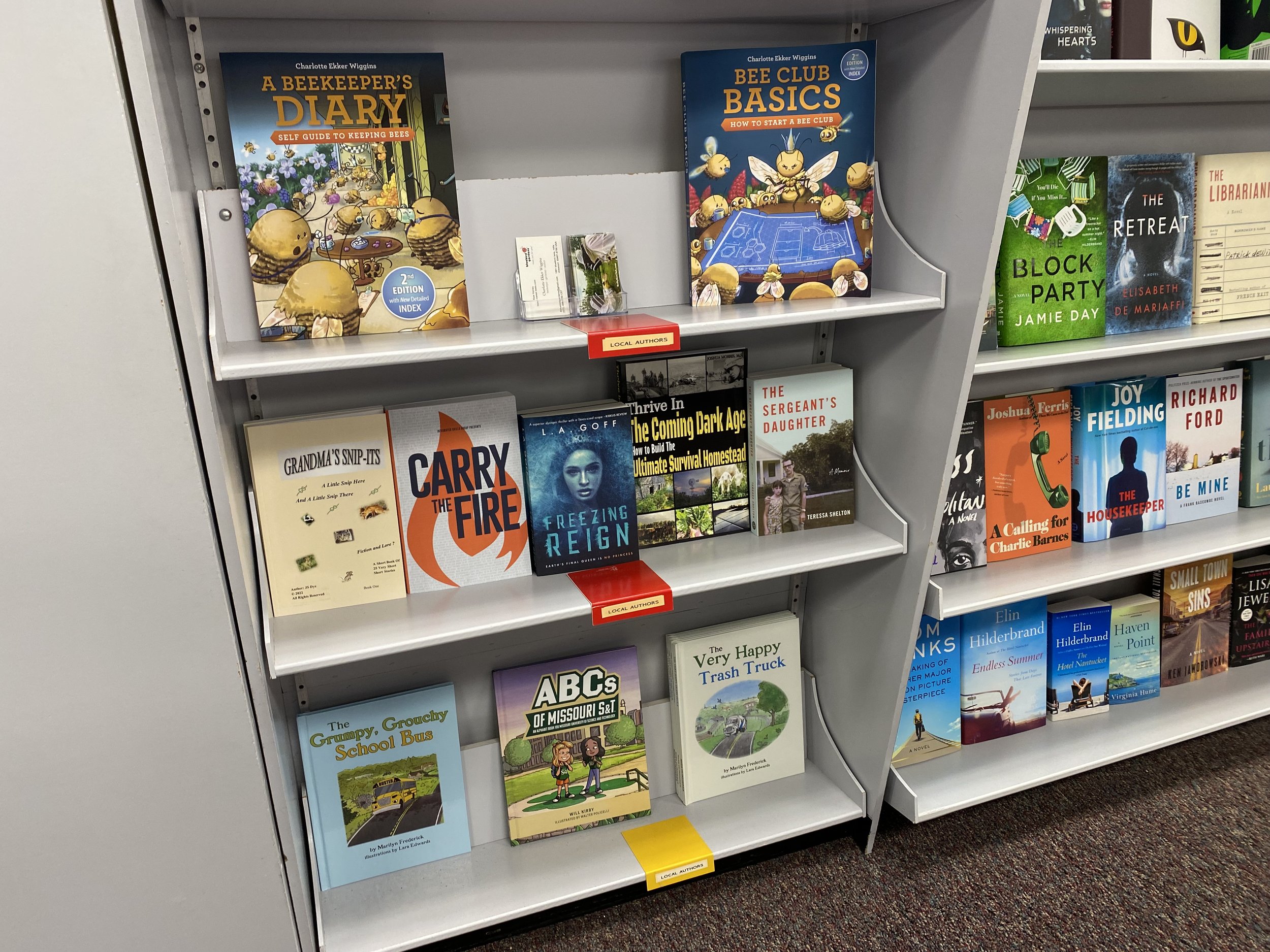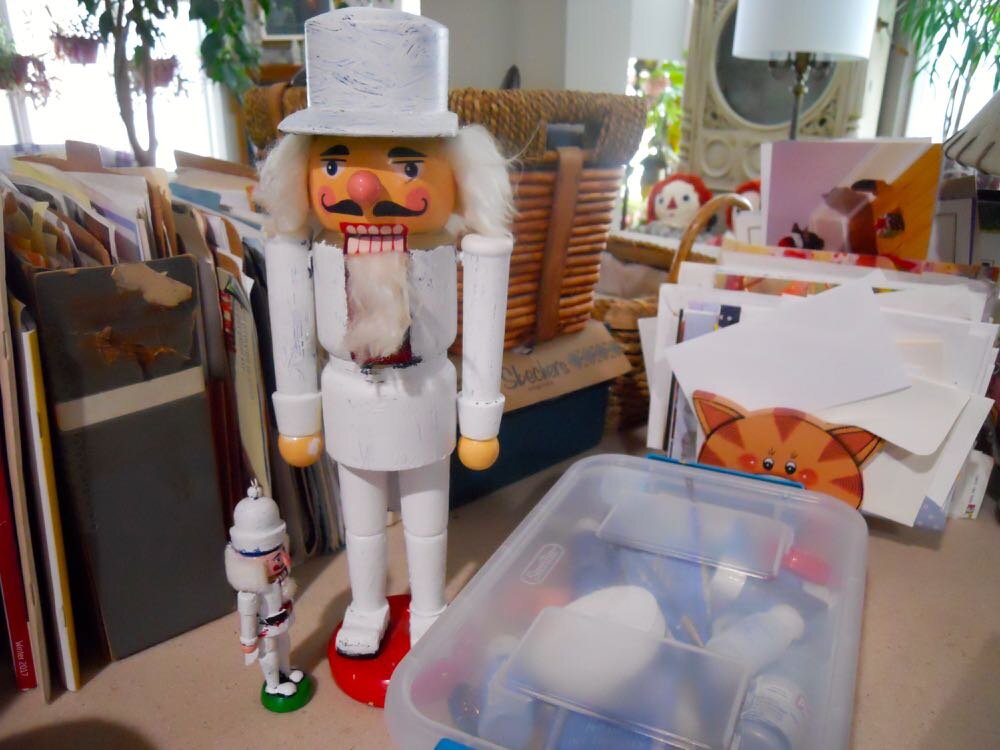Add Color to Front Door
/This simple white door gets an upgrade with potted flowers. (Photo by Charlotte Ekker Wiggins)
Add Color to Front Door
If you don’t know where to start with adding color to your home, start with the front door. Or the door where you go in and out of the most; the idea is to add color where you can see it every time you go in and out. And there is no painting involved.
In this example, it’s an apartment door in the community where I live. It’s a great example of how potted flowering plants can easily upgrade and enliven a door entrance, making it very welcoming.
In the hanging baskets, petunias and sweet potato vines, both easy to care for annual flowering plants.
In front on the ground, marigolds, also annuals, which help deter bugs.
The rest of the flowers are also annuals, mostly petunias, which will continue to bloom the rest of summer and are easy to grow. The key to growing potted flowering plants is to add a fertilizer once a week
The plants are located right off the steps for easy watering.
This is a great example of how to easily update an entrance with plants.
Charlotte
















































